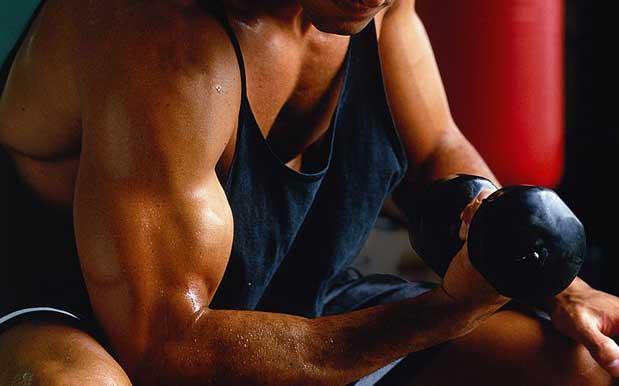
Muscle dysmorphia or “bigorexia” – a disorder that causes people, mostly men, to obsess over their often-normal muscle mass being inadequate – is driving an unprecedented number of Aussie men towards steroidal use.
New data obtained by the Daily Telegraph shows the use of performance and image enhancing drugs has increased by 70% in the space of just three years in Western Sydney, and by more than 50 per cent in southwestern Sydney.
One in three people who attend Western Sydney’s needle exchange program – originally designed to help prevent the spread of disease among heroin addicts – are using steroids, setting the rate of steroid abuse at 31%.
The shocking figure puts steroid users ahead of heroin abusers in terms of the drugs reported last injected at the needle exchanges – and almost on par with ice addicts, the number of which is 2% lower.
A survey by the Western Sydney Local Health District backs up this assertion:
“In WSLHD’s annual needle and syringe program client survey, data indicates that, in 2016, methamphetamines and PIEDs were the most commonly reported classes of drugs last injected,” says HIV and Related Programs Unit manager Ashley Ubrihien. “Heroin was the third most commonly reposited drug last injected.”
It’s being called an “epidemic” by leading figures in Sydney’s west, who say male preoccupation with muscle has grown rapidly in the last five to 10 years.
While muscle dysmorphia can absolutely affect women, it’s statistically much more common in men; a NSW study found a whopping 45% of men aged 16 to 35 will experience it at some point, in some form.
Research conducted by Sydney Uni also found men with body image issues and eating disorders are four times more likely than females to go undiagnosed.
Binging on steroids, or any drug, can have serious implications on a person’s health; common side effects include baldness, acne, jaundice, aggression, development of breasts, high cholesterol and reduced sperm count. All that before we even get into the more serious stuff, like heart failure, liver damage, liver cancer and diabetes.
So, how do you know if you or a mate might be suffering from muscle dysmorphia?
Common markers include obsessively working out at the expense of all other social activities, obsessively watching what you and others eat and worrying that your muscles are too small when – in reality – they’re likely totally normal.
Look out for each other.
If you or someone you know needs help seeking prevention or treatment of body image issues or eating disorders, contact The Butterfly Foundation’s national helpline on 1800 33 4673.
Source: Daily Telegraph.
Photo: Getty / Zoran Milich.



